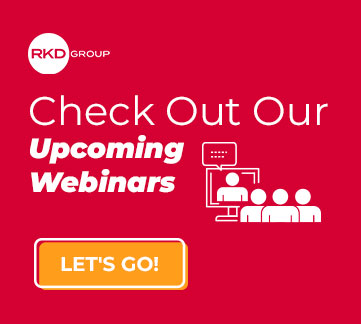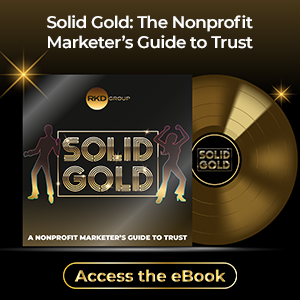Events are a critical component to a successful fundraising plan, but last year threw a wrench into the event fundraising space.
The switch to virtual was an essential one, and we’ve seen so much good come out of it. I’m a firm believer that virtual event fundraising is here to stay―long after the pandemic is over.
But technology plays a critical role in having success and in watching this space flourish. In this blog, we’ll discuss how to choose the right platform, use it to spark engagement and prepare your donors to attend.
Define your objective
The most common mistake nonprofit organizations make is picking their platform before knowing their objective. In order for the technology to fully enable fundraising, you must first clearly define what you need to accomplish from the event.
This is easier said than done, so we’ve compiled a check list of questions to ask yourself at the beginning stages of your virtual event planning sessions:
- Are you wanting high engagement and two-way interaction with your donors?
- Do you simply need to push out content?
- Do you need to provide plenty of real estate for your sponsors?
- Who is your main audience?
- Do you need to raise money, or is the event to celebrate the money you’ve already raised?
Answering these questions prior to vetting any platforms will allow you to make a list of must-have features to support your event.
Reimagine in-person experiences in a virtual format
The best part of an in-person event is the beauty of a shared experience. Attendees get to feel connected to your organization in such a personal way.
This doesn’t have to be lost in a virtual event―it just looks a little different. Once you’ve determined your objective, you can pair high-quality production with the right platform to make a truly immersive online experience.
The options are endless, and nonprofits are just tapping into the potential a virtual format can bring. Watch parties, online auctions and breakout rooms are just a few of the ways we’ve seen nonprofits rise to the challenge of using technology to enhance their virtual event.
Unfortunately, just selecting your platform and streaming your event won’t ensure success. Like you do for an in-person gathering, you must prepare for an interactive experience. Encourage donors, volunteers and team members to use the chat to talk to one another or start conversations within their “tables.” Without this, you’ll leave attendees feeling vulnerable.
Give attendees the tools to attend
With all of the Zoom happy hours, work meetings and livestreams going on these days, the vast majority of your donors will be familiar with virtual platforms.
But, like I always say, it’s best not to make assumptions about the abilities of your donors.
In order to get the most out the technology you’ve selected, you should make instructions available to your attendees ahead of time. In the weeks leading up to the big show, send details outlining how to log on, participate in the chat, join breakout rooms or tables and make donations during the live event or auction.
The technology you use will provide a host of opportunities for your donors to get involved―so don’t let a lack of communication stand in their way.
Having to switch to a technology-driven virtual event may seem daunting. But if you take anything from this blog, it’s that you shouldn’t view technology as a problem. Dealing with technology at in-person events was already one of the moving pieces being managed so gracefully by event planners and fundraisers.
Be smart about the platform you pick, but don’t let technology be the thing holding you back from jumping into the deep end of virtual event fundraising. You’ll be missing out if you do!





Leave a comment: